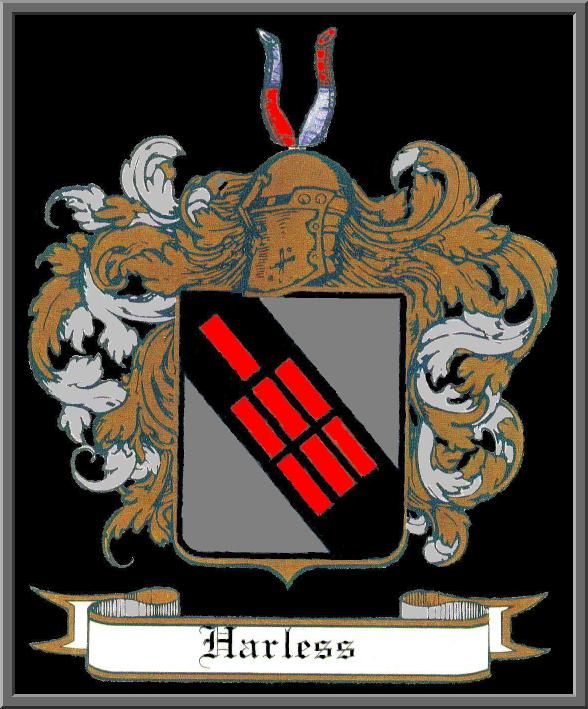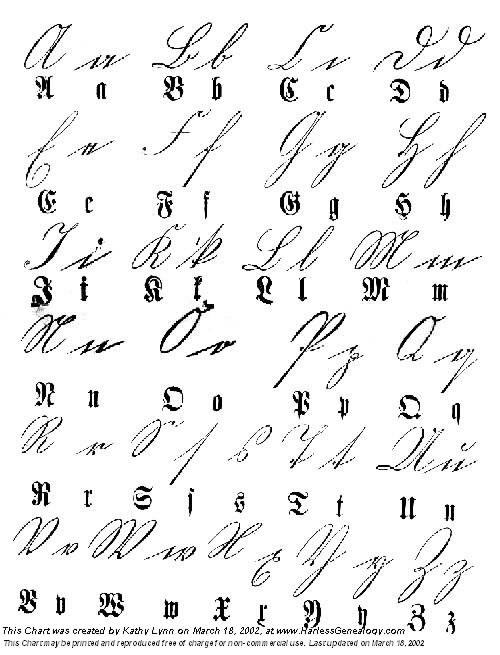
Harless~Hurless~Herlas~Horlis
Genealogy
German Script Alphabet Chart
What are "German Scripts"?
From the Sixteenth Century until 1941 German handwritten documents used a cursive script ("Kurrent", "Kupferstich") sometimes called "Fraktur" or "Bruchschrift"(from the broken line that characterized the writing) or "Sütterlin" (after the designer of one example of this script taught in German schools in the last century). The documents written in this script may originate in modern day Germany, Austria and Switzerland, and from other areas where there were German-speaking areas in the past and which are in modern-day Poland, Russia, the Baltic Republics and so on. This script was also used for North American German-language documents, such as Birth and Death records, Diaries -- particularly those of the Moravian Missions.
Germanic Alphabet Chart
Deciphering the handwriting or print of Germanic documents may be the greatest challenge in researching your Germanic roots. You don't need to read German fluently to be able to decipher most genealogical records. But you must learn to recognize the most common genealogical scripts and prints. This is absolutely essential since very few German records have been translated.
Older German records are prepared in letters similar to the style called Kurrent. We've also illustrated two other styles, called Fraktur and Sutterlin, to help you see the connection between Kurrent and modern styles.
Certain Kurrent letters appear very similar. This can make your interpretation of Germanic documents difficult and lead to confusion. The handwriting of individual priests, ministers and clerks can vary significantly from one to another, creating further confusion. The idiosyncrasies of each individual's style of forming particular letters can be baffling.
To be effective in translating a particular person's handwriting properly, make photocopies of enough samples of one person's writing to be able to decide what the letters are. By becoming familiar with numerous common words written by that person, you'll better be able to decipher each word in that person's handwriting.


